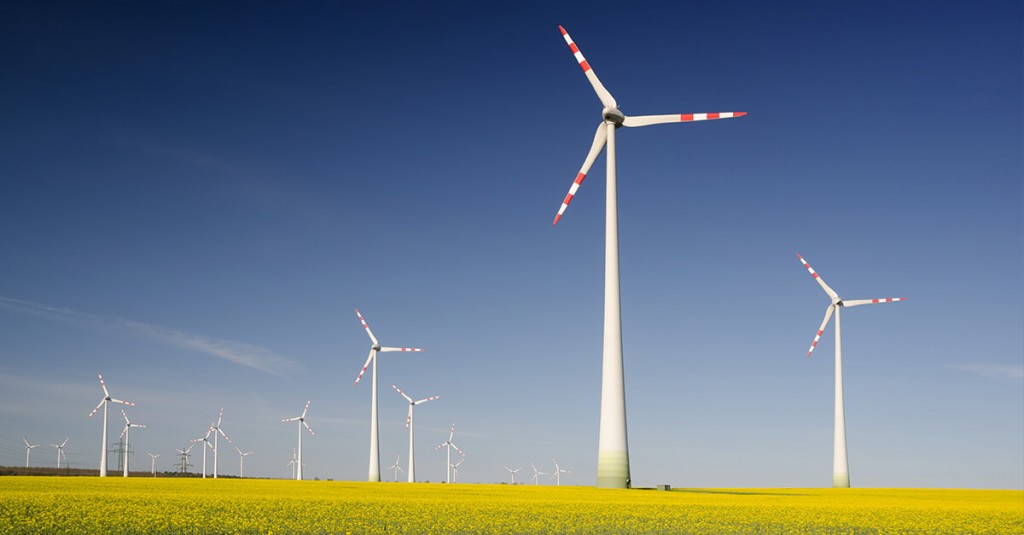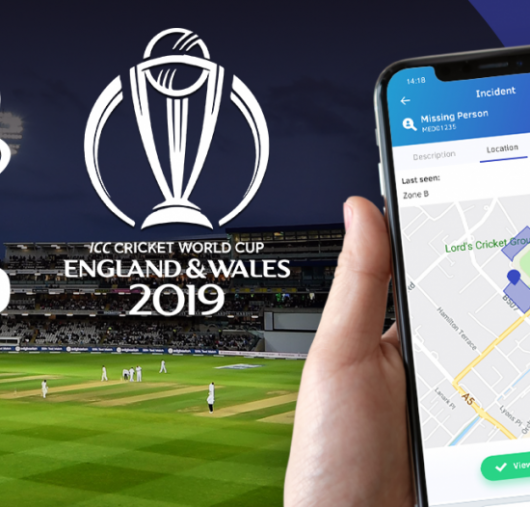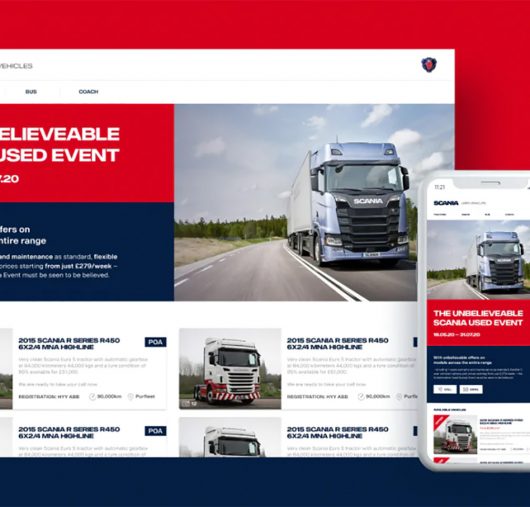Insights
Using digital technology to clear the air

As consumers and contributors, we’ve become a lot more aware of our impact on the environment over the past few years.
Whether it’s Tesco bags on the ocean floor or heatwaves in February, there’s no escaping the reality that humans are leaving a lasting impact on the Earth.
There are many solutions out there looking to fix part of the problem, but are they working on a scale big enough to actually make a difference?
For the same reason that personal cutbacks don’t make much of a difference in the grand scheme of things, we think there’s massive opportunities for big brands to get on board and make a contribution to shifting global trends.
So what are the opportunities (and threats) of getting on board the big green bandwagon?
In this blog, we’ll look specifically at rising CO2 levels.
The problems
Ultimately, brands don’t bother going environmentally-friendly for the same reasons as individuals: cost and (in)convenience.
Becoming a sustainable company takes investment of time, money, resources and initiative, but the benefits of going green can be massive. A 2018 Nielsen report found that consumer demand for sustainability has been steadily growing and that “strategically aligning your business and marketing strategy to meet that unmet demand will ensure that the next big sustainability wave is a market win for your brand”. Not a difficult choice, then?
It’s fairly straightforward for individuals to cut out plastic or walk to work, but for multi-million pound companies with hundreds (or thousands) of employees, it’s a different ballgame entirely.
Each company varies greatly, so there’s unfortunately not one quick-win solution to green up your business, however there is one common input shared between all enterprise that can be used – the employee and the engaged customer.
Solutions
With the use of mobile devices ever on the increase, the best way that brands can engage with their stakeholders on a large scale is through their phones. But it’s not as though the use of apps (to tackle climate change) are a totally revolutionary idea…
Too Good To Go is a waste-reducing app, looking to find and sell all spare food from cakes, bakeries and restaurants. From the outset, it’s a great idea that has so far saved over 39,000 tonnes of CO2 being created. With one third of all food produced worldwide being thrown away, this app’s a great start to tackling a wasteful culture – but in light of the bigger picture, 39,000 tonnes isn’t much. Planes produce an average of 25kg of CO2 per mile in the air (and there are nearly 10,000 planes in the sky at any one moment).
Another app aiming to reduce the amount of CO2 emitted is BlaBlaCar. It’s a carpooling app that allows drivers to offer empty seats to prospecting passengers, thus reducing the amount of single trips made. The connections created within their app has helped save a whopping 1.6 million tonnes of CO2 so far, highlighting the positive impact this app is having on the environment. Unfortunately, it doesn’t take away from the fact that roughly 1 million tonnes of CO2 are produced by cars each day in the UK.
These are both fantastic ideas, but as I’ve highlighted, they lack scalability. They focus on individuals making the effort, rather than organisations.
What the world is waiting for is a brand-led, green revolution.
Inspiration needn’t lie far from the apps made for individuals – it just needs that bit of oomph from employers to kick it into gear.
Brands nowadays are embracing all kinds of ways to get the most out of their employees and their buildings, so why not integrate these ideas with green initiatives?
The Vlife app allowed employees to borrow bikes, book desks and really get maximum efficiency out of the brand-new building – so why limit it to Vodafone? In a few years’ time, I wouldn’t be surprised to see multi-use buildings in London or Birmingham to start offering similar services.
Council-led carpool apps? Branded rent-a-bike schemes? Campus-based food waste apps? The possibilities are endless, it just takes the right idea combining with the right technology.
Is the go-to solution out there? Not yet.
If it was easy, it would have been invented already!







